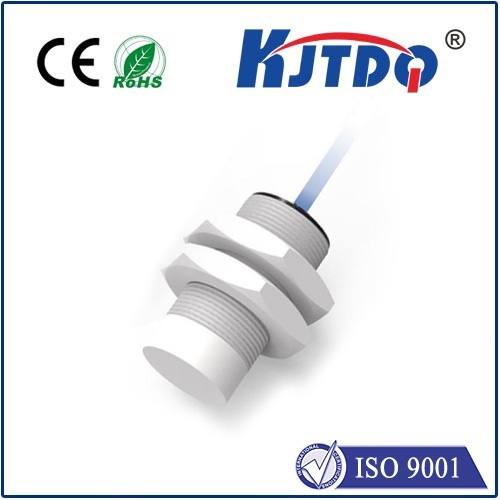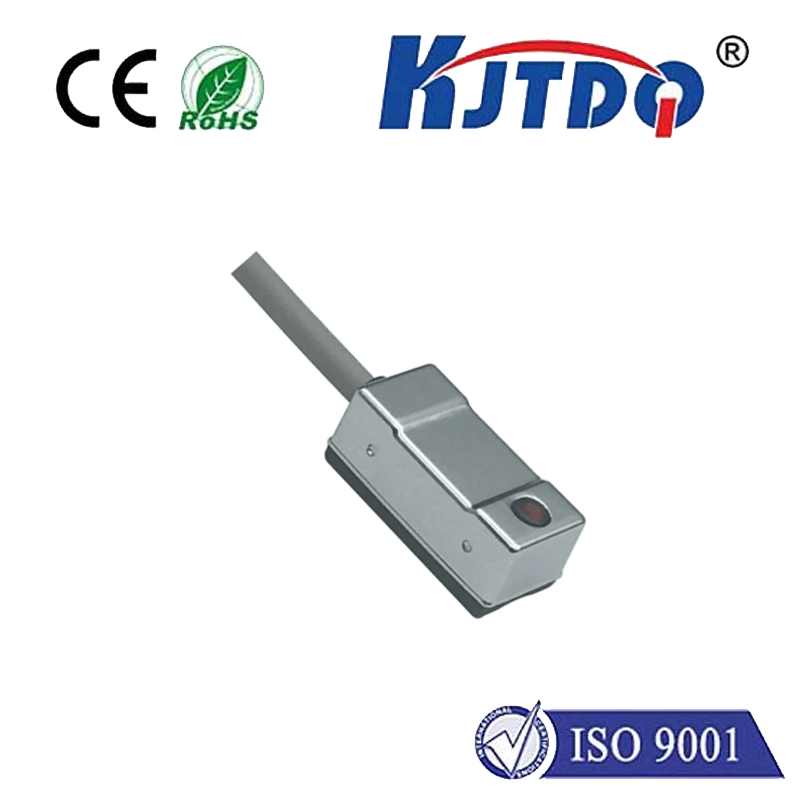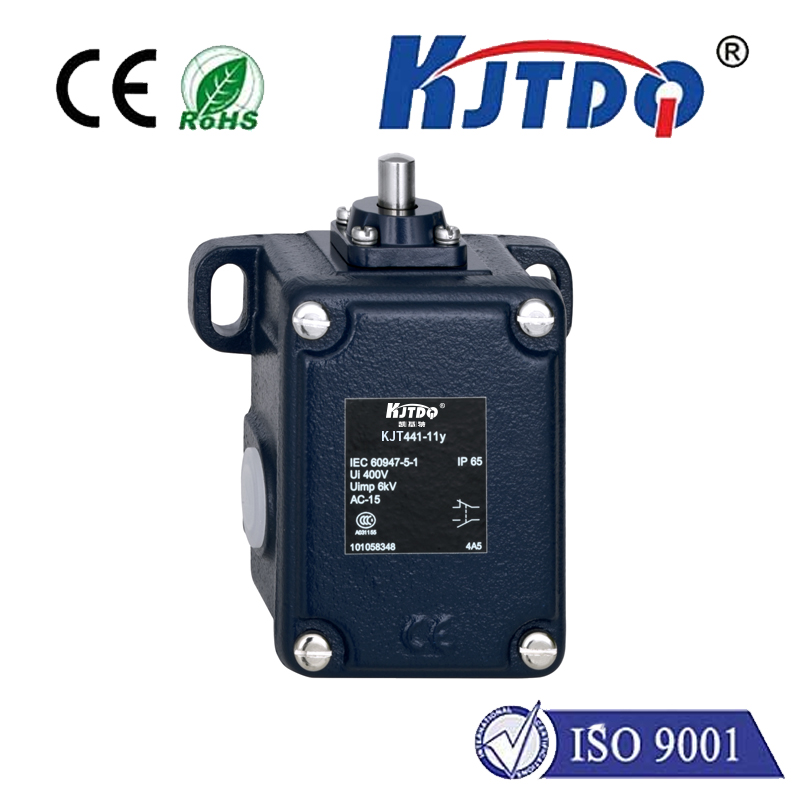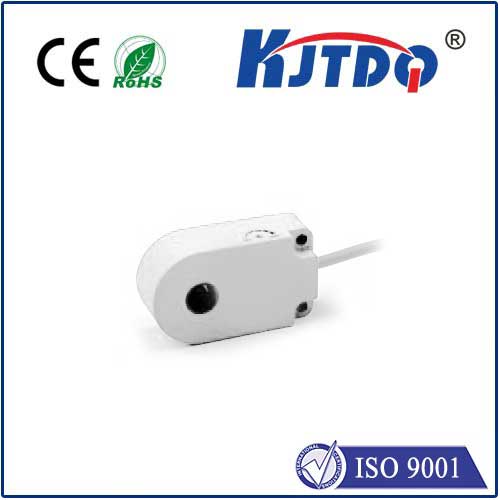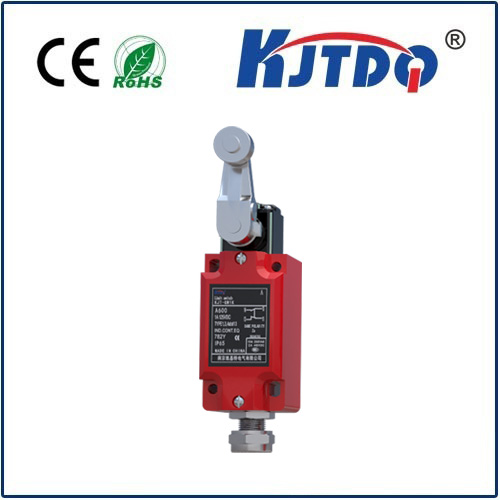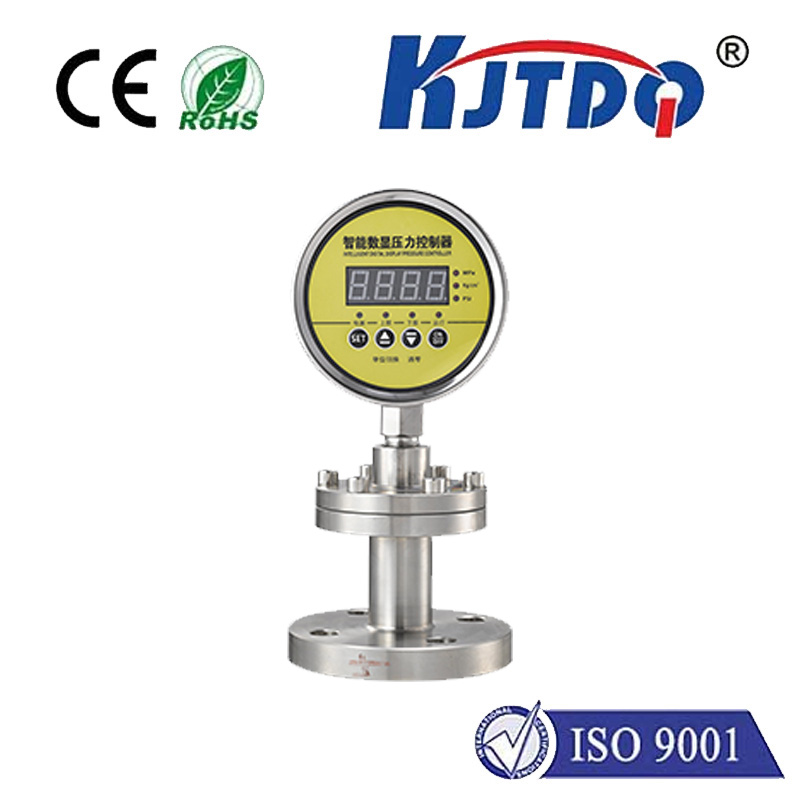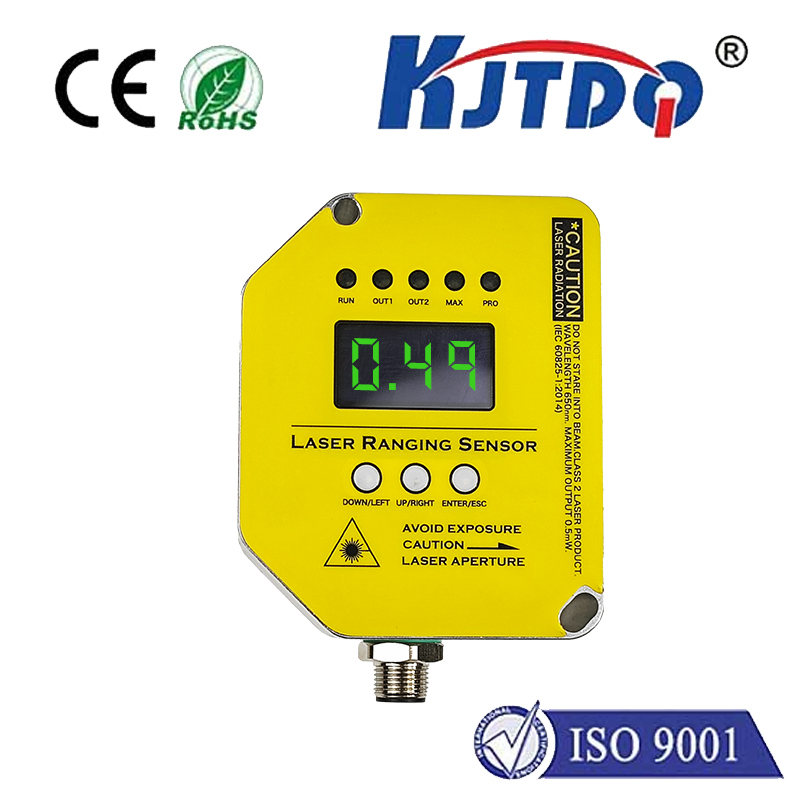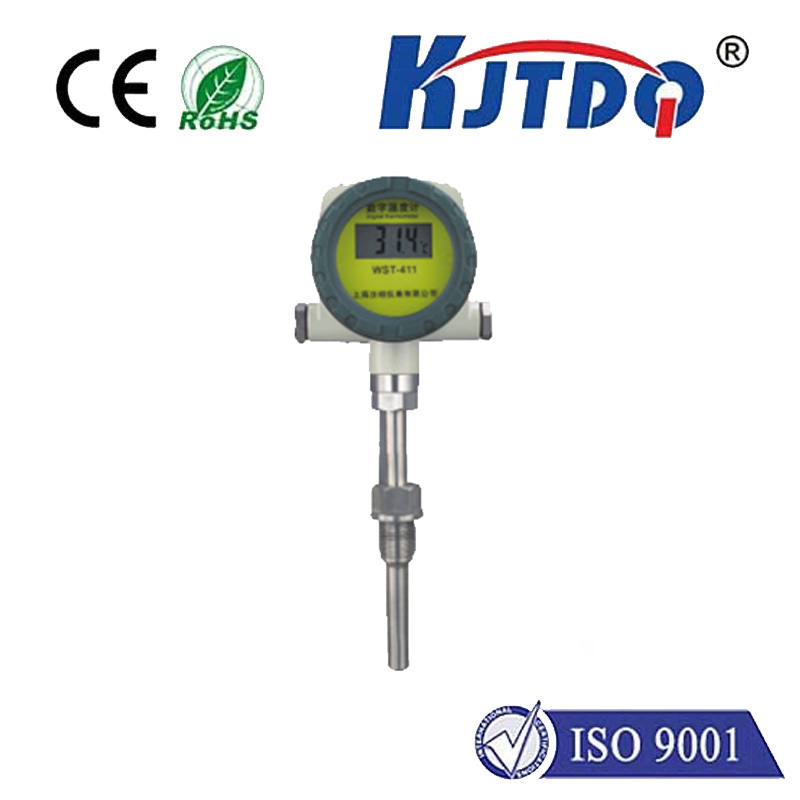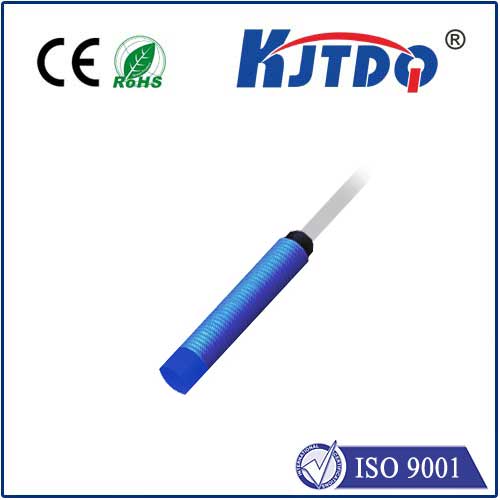

check

check

check

check

check

check

check

check

check

check
Proximity Sensor: Enhancing Safety in Explosion-Proof Environments
In today's world, safety has become an indispensable aspect of every industry. The importance of ensuring the protection of human lives and properties cannot be overemphasized. One of the most effective ways to achieve this is through the use of advanced technology, such as proximity sensor explosion proof devices. These devices have gained immense popularity due to their ability to detect and respond to potential hazards in a timely manner, thereby preventing disastrous incidents.
Proximity sensor explosion proof technology works by detecting the presence of objects or people within a certain range without any physical contact. This is accomplished using electromagnetic fields, infrared radiation, ultrasound waves, or other forms of energy. When an object or person comes into close proximity to the sensor, it triggers an alarm or initiates a predefined action, such as shutting down machinery or activating emergency protocols.

The application of proximity sensor explosion proof technology extends beyond mere convenience and efficiency enhancement. It plays a critical role in industries where safety is paramount, such as oil and gas refineries, chemical plants, mining operations, and manufacturing facilities. In these environments, the risk of explosion or fire is significantly high due to the handling and processing of flammable materials. Proximity sensors help mitigate these risks by providing early warning signs of potential dangers, allowing workers to take appropriate measures before things escalate.
Moreover, proximity sensor explosion proof devices are designed to withstand the harsh conditions typically found in industrial settings. They are built with rugged materials capable of withstanding extreme temperatures, pressure variations, and mechanical stresses. This ensures that they continue to function effectively even under challenging circumstances.
In addition to their primary purpose of enhancing safety, proximity sensor explosion proof devices also offer several secondary benefits. They can improve productivity by minimizing downtime caused by unforeseen accidents or equipment failures. They also contribute to compliance with regulatory requirements and industry standards, which helps maintain a good reputation and avoid legal liabilities.
However, despite their numerous advantages, it is crucial to ensure proper installation and maintenance of proximity sensor explosion proof devices. Regular inspections should be carried out to identify any faults or malfunctions promptly. Additionally, employees must be adequately trained on how to operate and handle these devices safely.
In conclusion, proximity sensor explosion proof technology represents a significant step towards achieving optimal safety levels in industrial environments. Its ability to detect potential hazards without physical contact makes it an invaluable tool for preventing accidents and protecting lives and properties. As technology continues to advance, we can expect further improvements in this field, making workplaces safer for everyone involved.
